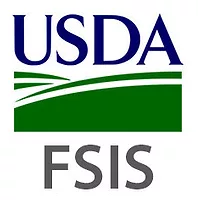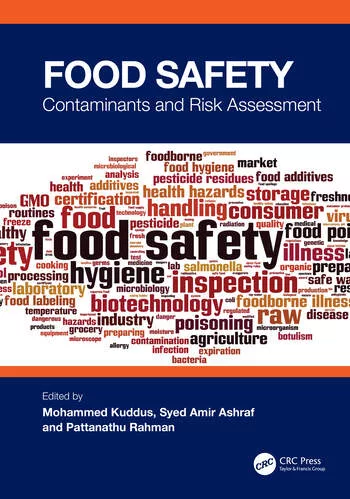New Microbial Risk Model Could Help Produce Industry Make Informed Control Strategy Choices

Image credit: wayhomestudio via Freepik
Researchers from the University of Illinois Urbana-Champaign, in collaboration with Cornell University researchers, have developed a flexible model for estimating microbiological food safety risks in the produce supply chain, which industry can use to determine the best risk management strategies for their scenarios. Use of the model was demonstrated in a test case study with leafy greens and Shiga toxin-producing Escherichia coli (STEC).
Base code for the Supply Chain Risk Model (SCRM), as well as an interactive webpage for users to explore the results of the leafy greens case study, is available via GitHub.
SCRM enables users to simulate different systems and microorganisms that could affect the produce environment, and to assess the effect of different interventions. Its framework covers five stages: primary production, harvest, processing, retail, and consumer handling. At each of these stages, users can estimate the probability of contamination, and edit factors like contamination levels or product testing. Based on the data entered by the user, the model calculates the risk of a product testing positive for microbial contamination by the time it reaches consumers.
Although other risk assessment tools exist, they are purpose-specific, and do not allow for the flexibility and wide applicability of SCRM.
To demonstrate the usefulness of the model, the researchers used data inputs indicative of two different scenarios for leafy greens contaminated with STEC: one in which processors improve controls for a washing intervention using food-safe acid, and another in which processors conduct product testing at the end of the process to prevent contaminated product from entering the market.
Through the case study, the researchers determined that improved process control decreased the risk of a positive microbial test at retail—which can be interpreted as a proxy metric for the likelihood of product recall—more than the use of additional product testing. Although additional product testing did reduce the risk to public health and the likelihood of recall, it also resulted in the excessive rejection of lower-risk product.
Overall, the researchers believe their findings from the case study use of the model are applicable to the produce industry beyond leafy greens, and can effectively help risk managers make informed decisions, although the modeling was limited by the assumption of homogeneous contamination. Future work will focus on heterogeneous contamination allowing the effects of cross-contamination at different stages to be modeled.
The researchers are also developing and applying different industry-relevant contamination scenarios both at the primary raw material production stage—considering harvester contamination, agricultural water treatment, and pest control—and during the processing stage—considering variable performance of wash systems—to the revised model.
Looking for quick answers on food safety topics?
Try Ask FSM, our new smart AI search tool.
Ask FSM →









.webp?t=1721343192)